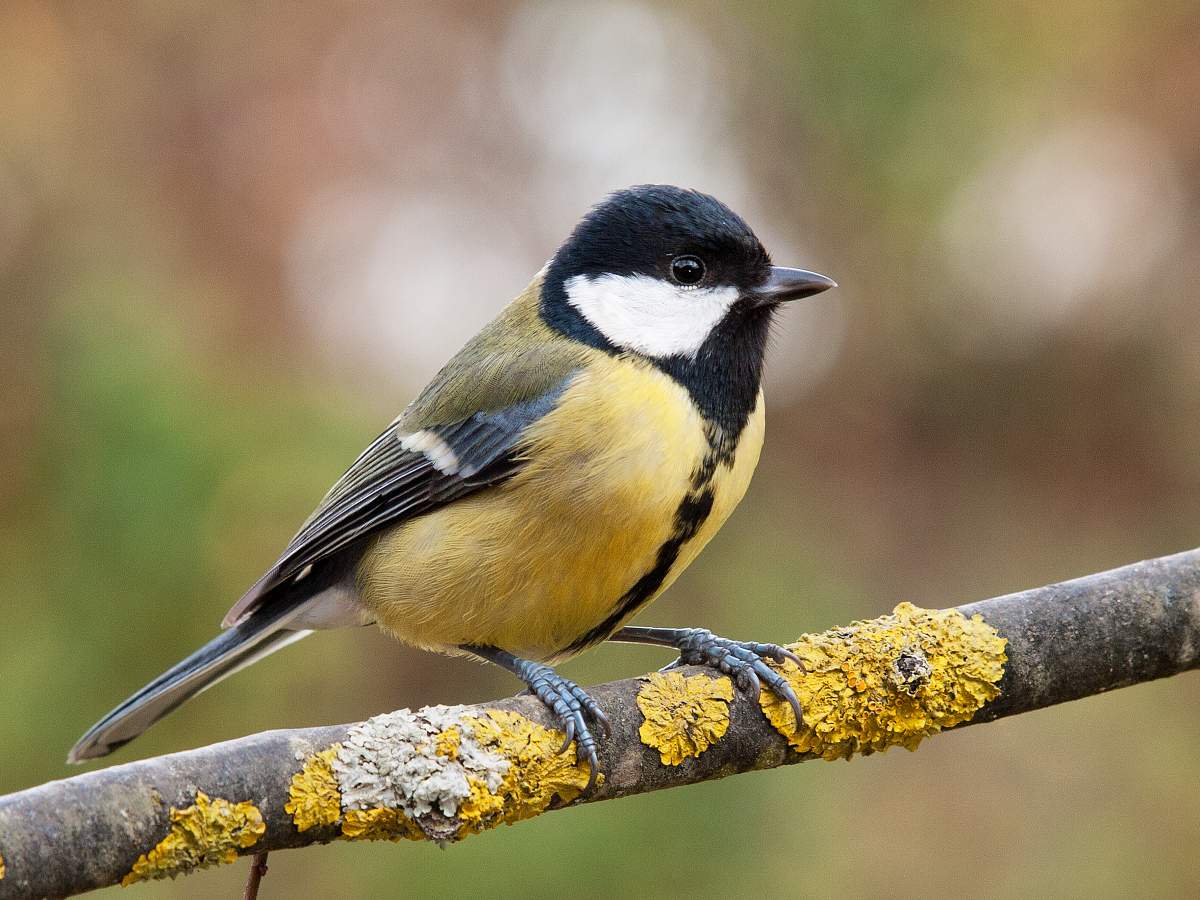As the European winters become warmer, scientists are discovering the great tit — a common songbird in the area — is competing for nesting space and increasingly killing a migratory bird as a result (and eating their brains while they’re at it).

Pied flycatchers are small, long-distance migrant birds that travel each spring from Africa to Europe to feed on bugs, nest and have offspring.
READ MORE: Limiting climate change to 1.5°C increase would save thousands of species, report says
Researchers, who published their study in Current Biology on Jan. 10, found that pied flycatchers who reach their breeding grounds in the Netherlands are now finding their nests occupied by a local bird, the great tit.
And the great tits are attacking and killing the pied flycatchers in order to compete for food (they share the same food resource, caterpillars) and nesting space.
After monitoring what was happening over a period from 2007 to 2016, the researchers said they increasingly came across dead flycatchers in the area.
“Competition between flycatchers and great tits for nest boxes is often fatal for the flycatcher,” the researchers stated.
“The dead flycatchers were all found in active tit nests and had severe head wounds, and often their brains had been eaten by the tits.”
The findings showed that over the years there were huge upticks in flycatcher deaths — depending on the winter. Some years, great tits killed nine per cent of male flycatchers.
WATCH: WWF study shows that Canadian wildlife is facing ‘serious challenges’

“We see huge differences among years in the number of victims,” Jelmer Samplonius, from the University of Edinburgh and the lead author on the study, told Newsweek.
Why is this happening?

Get breaking National news
Great tits usually breed around two weeks earlier than pied flycatchers, but the breeding periods are starting to overlap because of climate change.
Great tits have been able to adapt warmer winters by shifting the breeding season earlier, but flycatchers haven’t been so lucky, as these birds spend much of the year in Africa, and aren’t able to adjust as well to the changing weather.
READ MORE: Common loon threatened by climate change, report says
Researchers also found that great tits occupy more nest boxes after mild winter, leading to fatal competition.
And because great tits are larger and stronger than flycatchers, the former is usually the victor during a fight.
The researchers noted that while this hasn’t impacted the population of flycatchers, this could soon change. “Tits could exhibit a significant mortality cause on male pied flycatchers in some years,” the study stated.
Climate change detrimental to birds
Samplonius said the findings show the importance of long-term research when understanding the effects of a changing climate on birds.
In 2014, the National Audubon Society released a climate change report that said that out of the 588 North American birds, more than half “are likely to be in trouble” because of shifting climates. And 126 of those species are “climate endangered.”
READ MORE: New report says half of Canada’s wildlife species are in decline
According to the report, habitat disruption brought on by climate change is one of the main factors pushing bird populations into areas to which they are not adapted. The report concludes that this could lead to a decline of bird populations across North America and even the extinction of some species.
A 2012 report, called State of Canada’s Birds, said a huge proportion of Camada’s bird species are in series decline, because of disappearing habitat and climate change.
WATCH: Why Canadians need to be ‘seriously concerned’ about our wildlife

It reported that on average, Canadian breeding bird populations decreased 12 per cent from 1970-2012.
“These declines are likely caused by a combination of factors both in Canada and in their wintering areas in South and Central America, including reductions in insect numbers, habitat loss, pesticide use and climate change,” the study said.










Comments